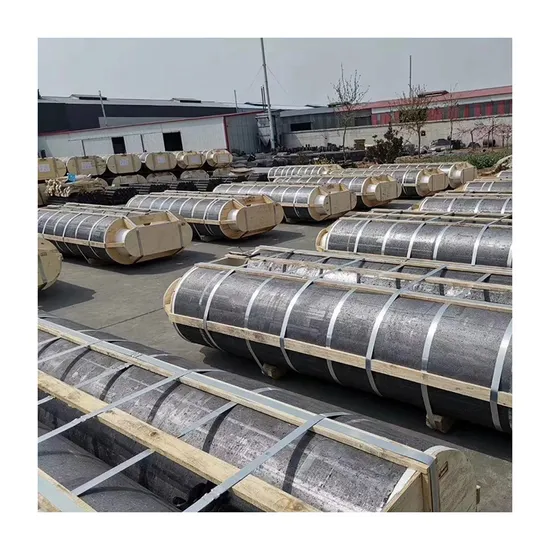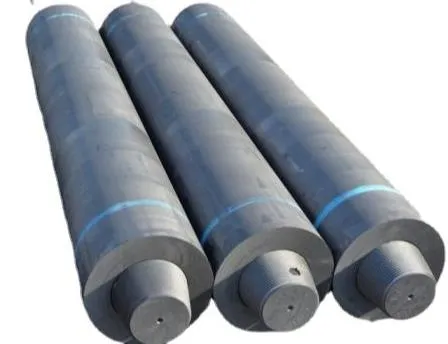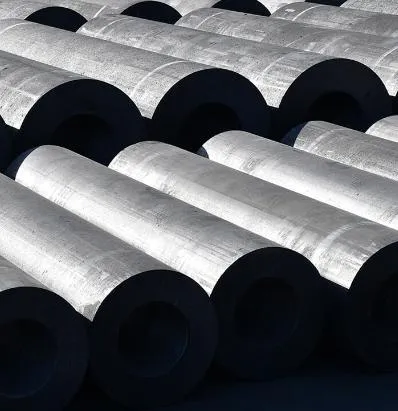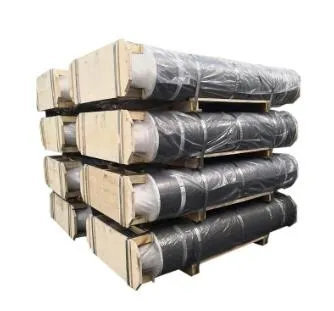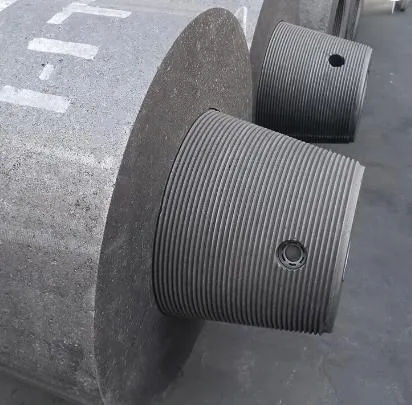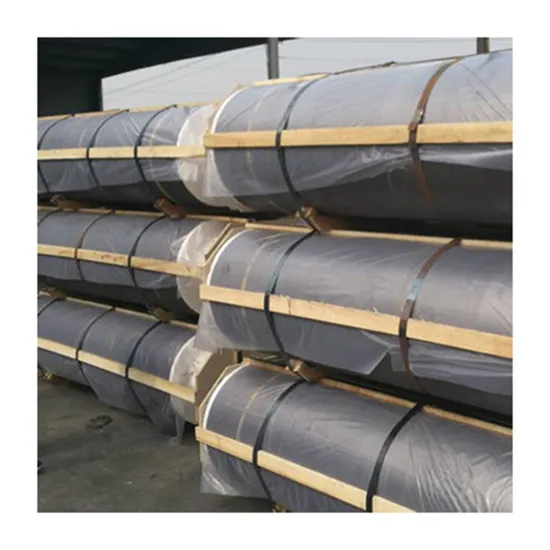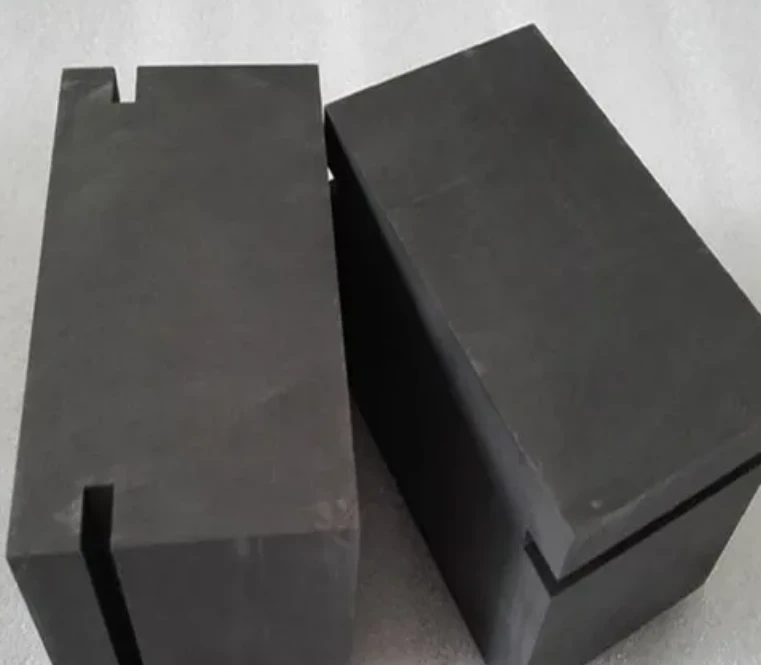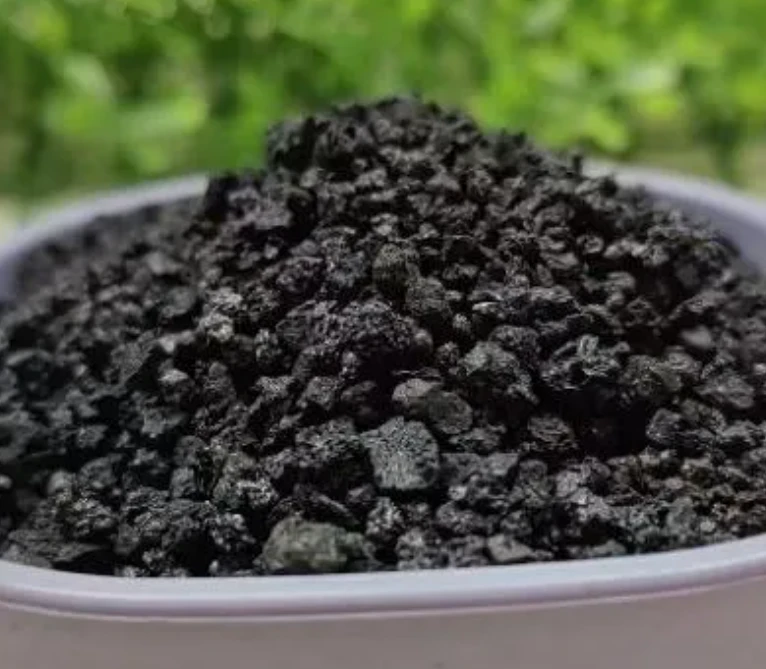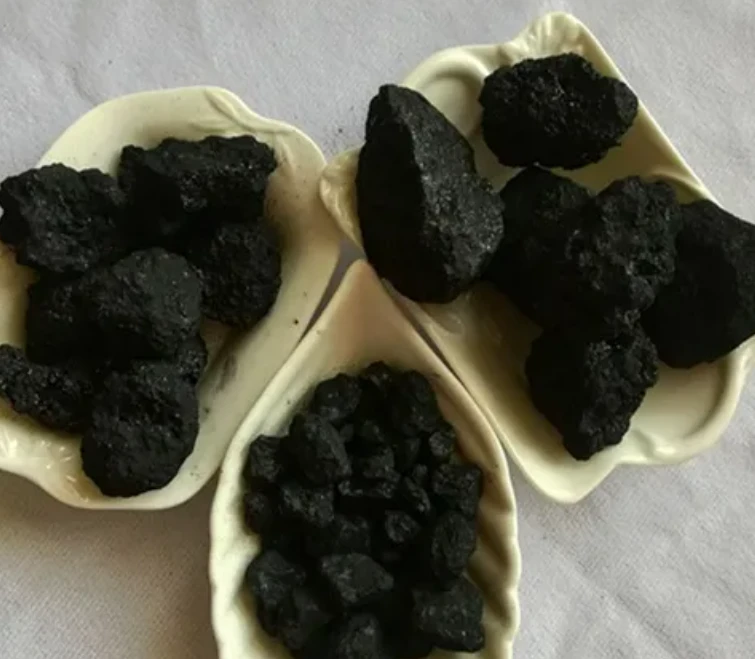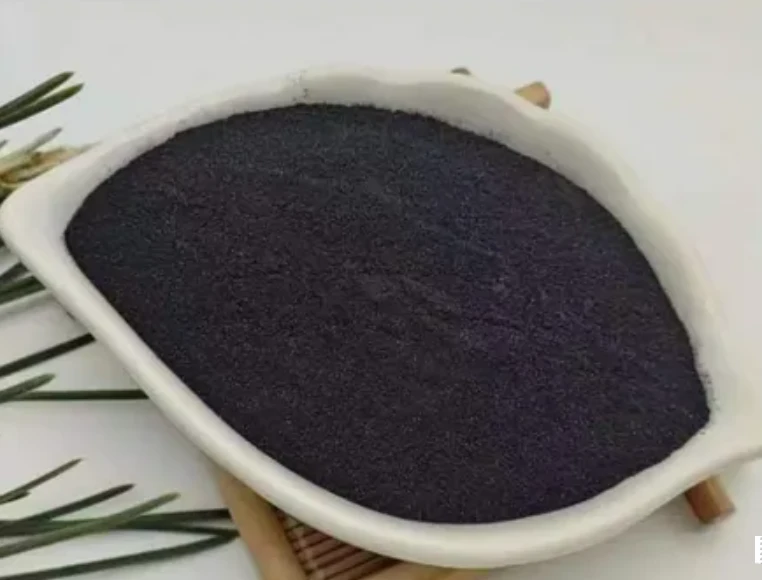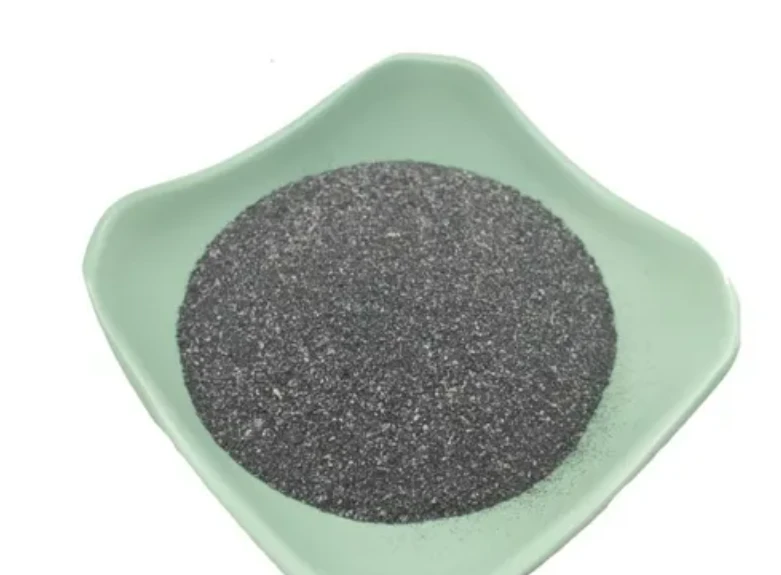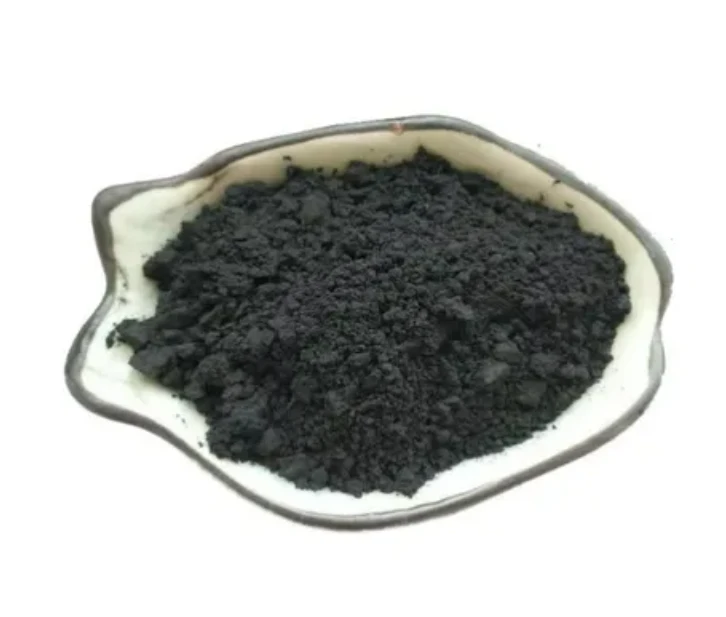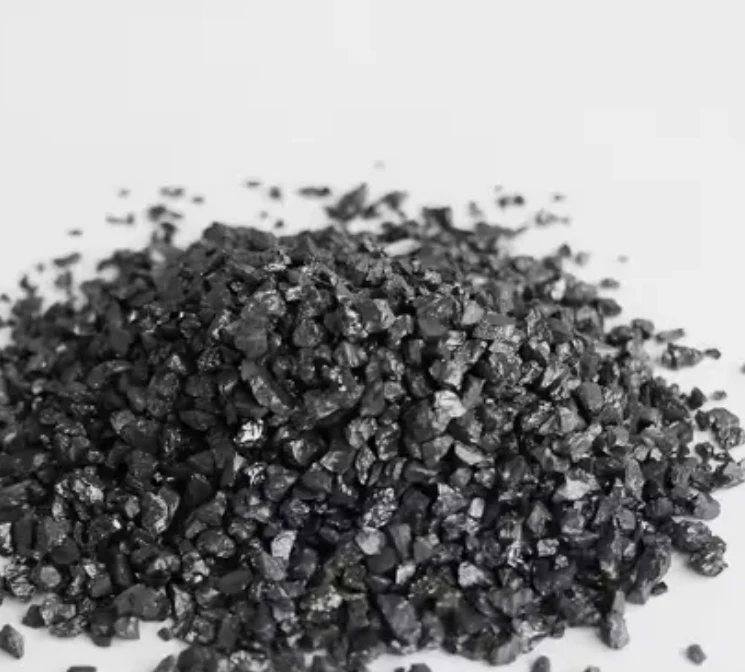- Englist



- Overview of Graphite Powders: Properties and Key Features
- Technical Advantages Driving Modern Applications
- Comparative Analysis of Leading Suppliers
- Customization Solutions for Specialized Industries
- Case Studies: Real-World Success Stories
- Industry Data Insights and Market Dynamics
- Conclusion: The Future of Graphite Powders in Electrode Manufacturing

(graphite powders)
Overview of Graphite Powders: Properties and Key Features
Graphite powders present a compelling combination of exceptional electrical conductivity, thermal stability, and chemical resistance, making them indispensable across a variety of advanced industrial applications. Produced through precise grinding and purification processes, these powders feature particle sizes ranging from below 1 micron up to 100 microns. These parameters directly influence bulk density, surface area, and reactivity, which are critical determinants for performance in demanding environments. In 2023, the global graphite powder market size was estimated to exceed USD 2.7 billion, with a remarkable CAGR projection of 6.8% through 2030, underscoring the ongoing demand in battery, metallurgy, lubrication, and particularly in the graphite electrode factory sector. The versatility of graphite powders
extends their relevance from traditional industries into next-generation energy storage and advanced electronics, reflecting their real and perceived value in modern manufacturing.
Technical Advantages Driving Modern Applications
Modern graphite powders distinguish themselves through technical advantages that go far beyond standard carbon materials. Firstly, their exceptionally high purity—often above 99.9% carbon content—ensures minimized impurities, reducing electrical resistance and optimizing performance in applications like EDM (Electrical Discharge Machining) and lithium-ion battery cathodes. Secondly, the unique layered crystalline structure of graphite enables lubricity and resilience under extreme temperatures, maintaining stability above 3500°C in inert atmospheres. Analytical studies confirm that graphite exhibits thermal conductivity values exceeding 400 W/m·K and electrical resistivity as low as 4.0×10-5 Ω·m, outperforming most other conductive materials. Furthermore, advanced processing—such as spheroidization, ultra-fine milling, and acid purification—allows for tailored characteristics aligned with specific industry requirements. In high-performance fields, these technical advancements directly translate to longer service life, less downtime, and improved process yields for manufacturers.
Comparative Analysis of Leading Suppliers
Choosing the right graphite electrode company or graphite electrode factory is crucial for ensuring product reliability, cost efficiency, and access to the latest technological innovations. The following table compares three leading global suppliers, juxtaposing their core strengths and unique offerings:
| Supplier | Product Purity (%) | Annual Capacity (MT) | Customization | Research Investment (USD million/year) | Market Reach |
|---|---|---|---|---|---|
| SGL Carbon | 99.98 | 63,000 | Advanced particle control, surface treatments | 28 | Global (Europe, Americas, Asia) |
| Tokai Carbon | 99.95 | 52,400 | Isotropic/anisotropic grades, micro-sized powders | 14 | Global (Asia-Pacific, North America) |
| Fangda Carbon | 99.80 | 75,000 | High-volume customized production | 11 | Global (China, EU, Middle East) |
The table emphasizes not only the purity and capacity differences but also strategic priorities such as research investment and extensive customization capabilities. The preferred supplier often reflects the complexity of intended applications, from energy storage solutions to precision metallurgy.
Customization Solutions for Specialized Industries
As the demand for graphite powders diversifies, suppliers and graphite electrode companies increasingly offer targeted customization to meet the technical parameters of specialized sectors. For the rechargeable battery industry, ultra-pure, high-tap density graphite with narrow size distribution enhances cell performance and cycle life. In aerospace and defense, nano-structured graphite powders with surface modifications increase resistance to oxidation and improve thermal dissipation in critical components. Additionally, for additive manufacturing and 3D printing, tailor-made particle morphology ensures consistent sintering and mechanical integrity of finished products. Collaboration between end-users and leading factories often involves joint R&D projects, employing SEM (Scanning Electron Microscopy) and laser diffraction analysis to fine-tune powder features. This customer-centric approach has enabled the integration of graphite powders into novel domains such as hydrogen production, smart coatings, and biocompatible materials for medical devices, revealing the material’s remarkable adaptability.
Case Studies: Real-World Success Stories
Numerous case studies underline how advanced graphite powders fuel innovation across industries. For instance, a major graphite electrode factory in Germany adopted a new grade of high-thermal-conductivity graphite powder, which reduced internal temperature fluctuations in ultra-high-power (UHP) electrodes by 17%. This not only improved product longevity but also resulted in a 9% decrease in overall energy consumption during steelmaking. In another example, a South Korean electric vehicle battery manufacturer collaborated with a Japanese supplier to introduce spheroidized graphite powder with uniform particle distribution in anodes, achieving a 15% improvement in charge retention and over 2,500 charge/discharge cycles. Meanwhile, a US-based lubricant producer leveraged ultra-fine graphite powders to increase the load-carrying capacity of their industrial grease by 21%, verified via ASTM D2596 tests. These concrete results illustrate the multifaceted benefits of engineering graphite powders to stringent industry parameters.
Industry Data Insights and Market Dynamics
In the evolving graphite market, macro- and microtrends are shaping resource allocation, pricing structures, and research directions. Data from 2023 indicates that Asia-Pacific dominates global demand, accounting for over 57% of graphite powder consumption, propelled by an expanding electric vehicle and electronics sector. Export statistics reveal China’s pivotal role, supplying nearly 63% of high-purity graphite powders worldwide. Price volatility has been observed, with the average cost of batttery-grade synthetic graphite rising from $1,200/MT in 2020 to $2,100/MT by Q4 2023, due to supply chain disruptions and surging EV adoption. Concurrently, advanced material initiatives in the US and EU are spurring domestic production—for example, the US Department of Energy allocated $47 million in 2024 towards battery material innovation. Graphite electrode companies are responding with digitalized production and circular economy models, improving yield rates and reducing environmental footprint. These dynamics are set to intensify competition, fostering continual improvement and downstream innovation.
Conclusion: The Future of Graphite Powders in Electrode Manufacturing
The strategic significance of graphite powders within industrial landscapes—especially in the context of next-generation energy and advanced manufacturing—continues to escalate. With empirical data demonstrating significant advantages in efficiency, lifecycle, and performance, graphite powders remain at the forefront of innovation for leading graphite electrode companies and factories. As technical specifications grow ever more precise, collaborations among manufacturers, R&D institutions, and end-users will be pivotal in driving further advancements. By leveraging data-driven design, scalable customization, and sustainable practices, the industry stands poised for robust expansion, underpinning technologies central to both established industries and emerging markets.
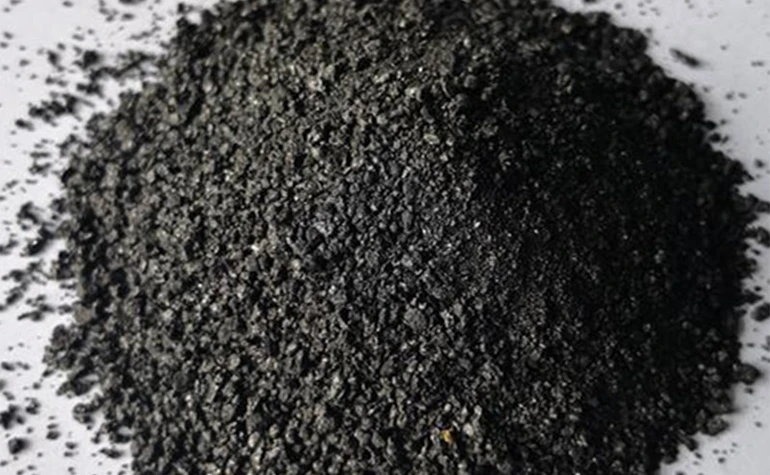
(graphite powders)
FAQS on graphite powders
Q: What are graphite powders commonly used for?
A: Graphite powders are widely used as lubricants, in battery production, and as conductive additives. Their excellent conductivity and high thermal resistance make them ideal for industrial purposes.
Q: How do graphite electrode companies ensure high-quality graphite powders?
A: Graphite electrode companies use advanced purification techniques and strict quality controls to produce high-purity graphite powders. This ensures consistency and reliability for industrial applications.
Q: Can I purchase graphite powders directly from a graphite electrode factory?
A: Yes, many graphite electrode factories offer direct sales of graphite powders. Bulk orders can often be customized to meet specific requirements.
Q: What distinguishes graphite powders from other forms of graphite?
A: Graphite powders have a fine particle size, offering larger surface area compared to flakes or blocks. This improves their reactivity and performance in applications like lubricants and batteries.
Q: Are graphite powders supplied by graphite electrode companies safe to handle?
A: Yes, graphite powders are generally safe when handled with basic precautions like wearing masks to avoid inhalation. Always consult the supplier’s safety guidelines for detailed handling instructions.





 Pervious
Pervious
 Next
Next
